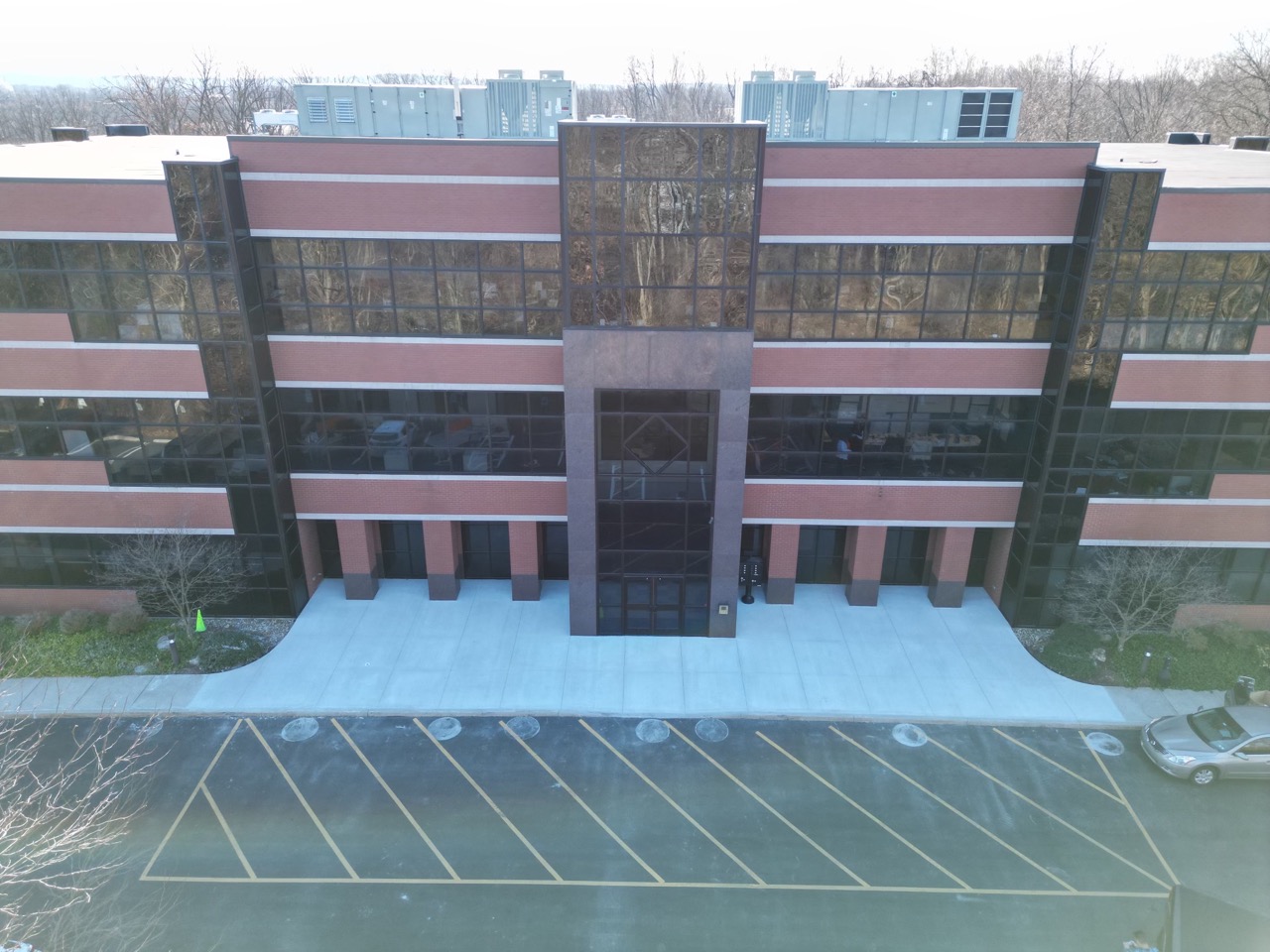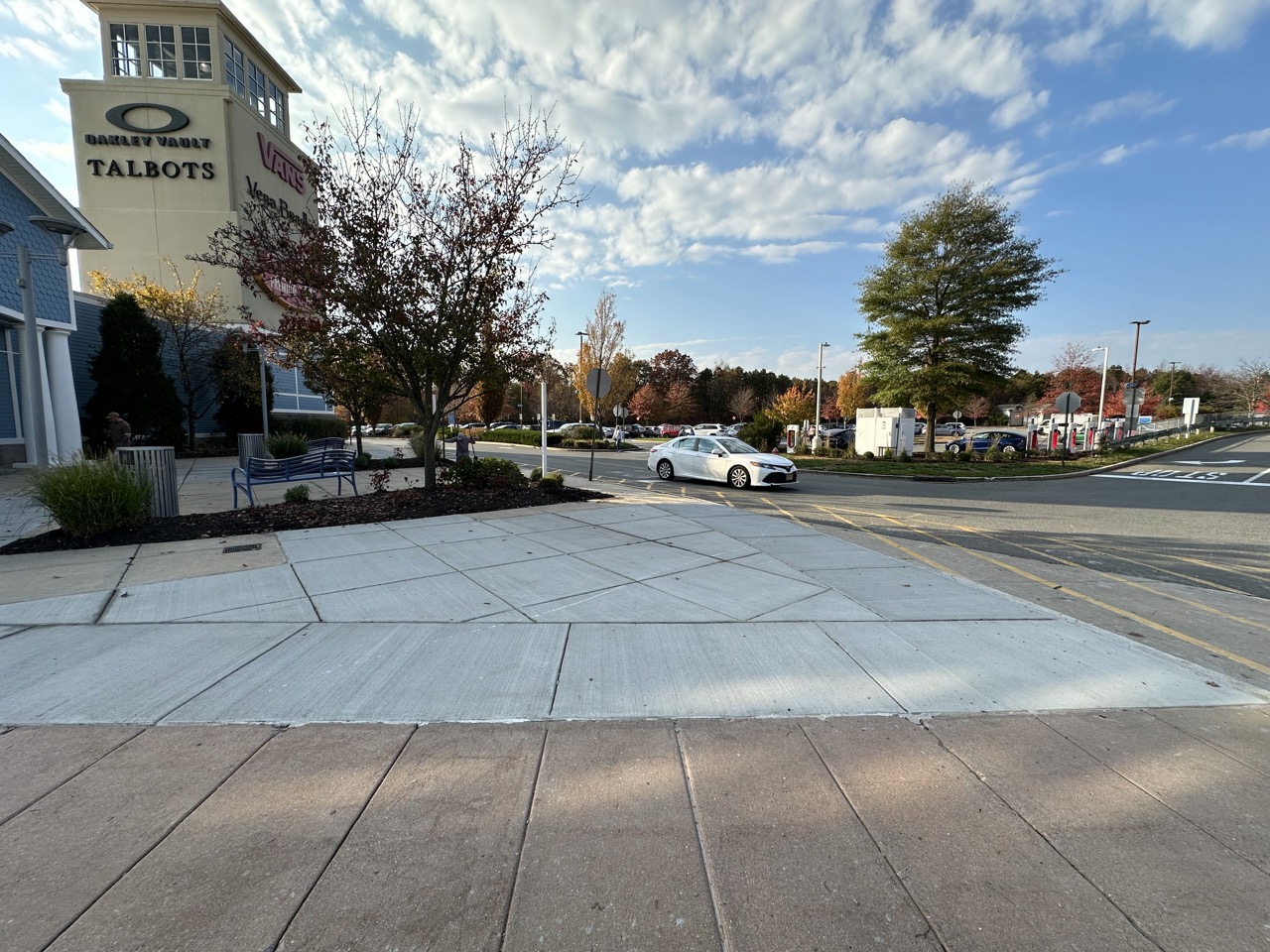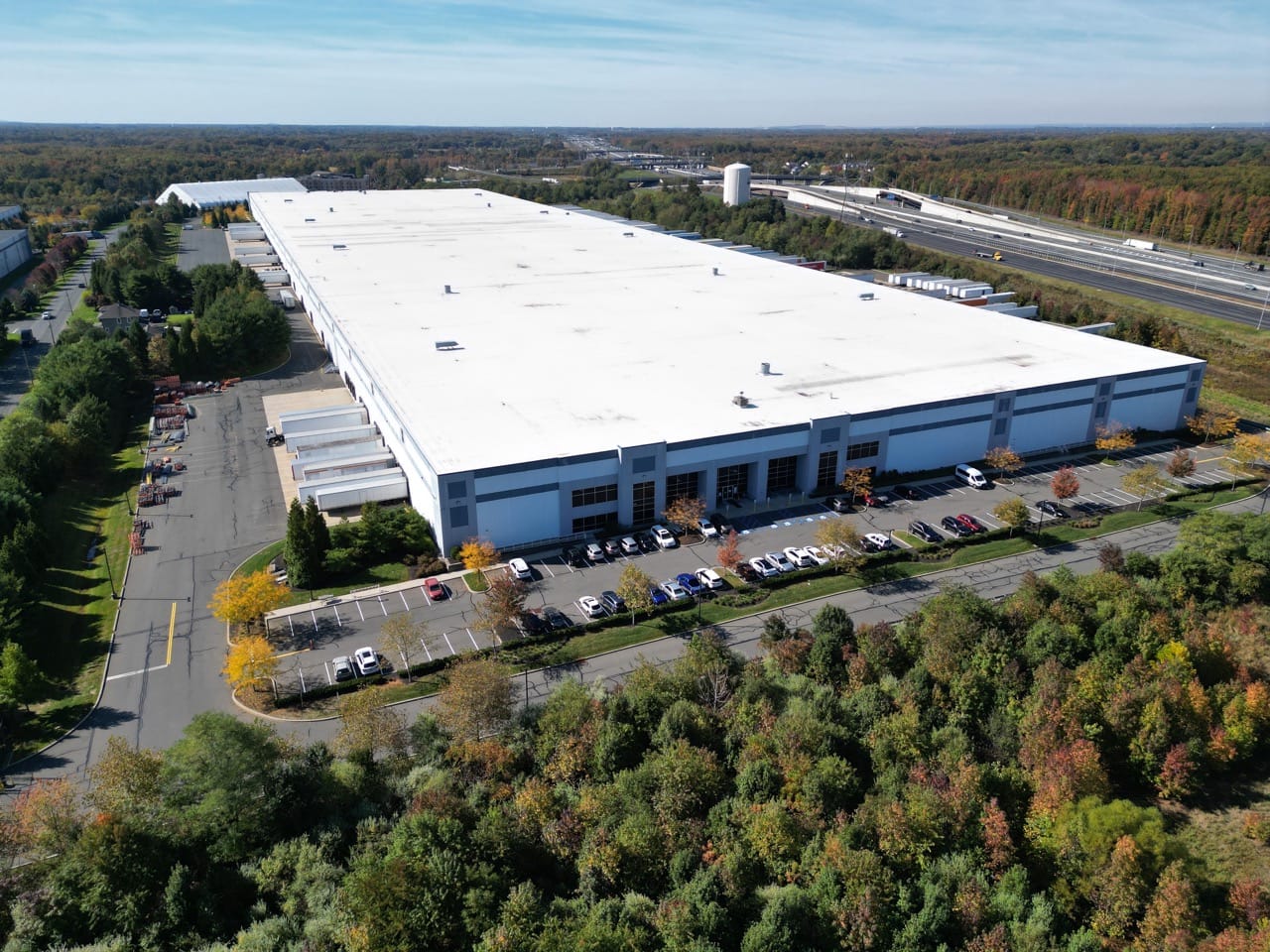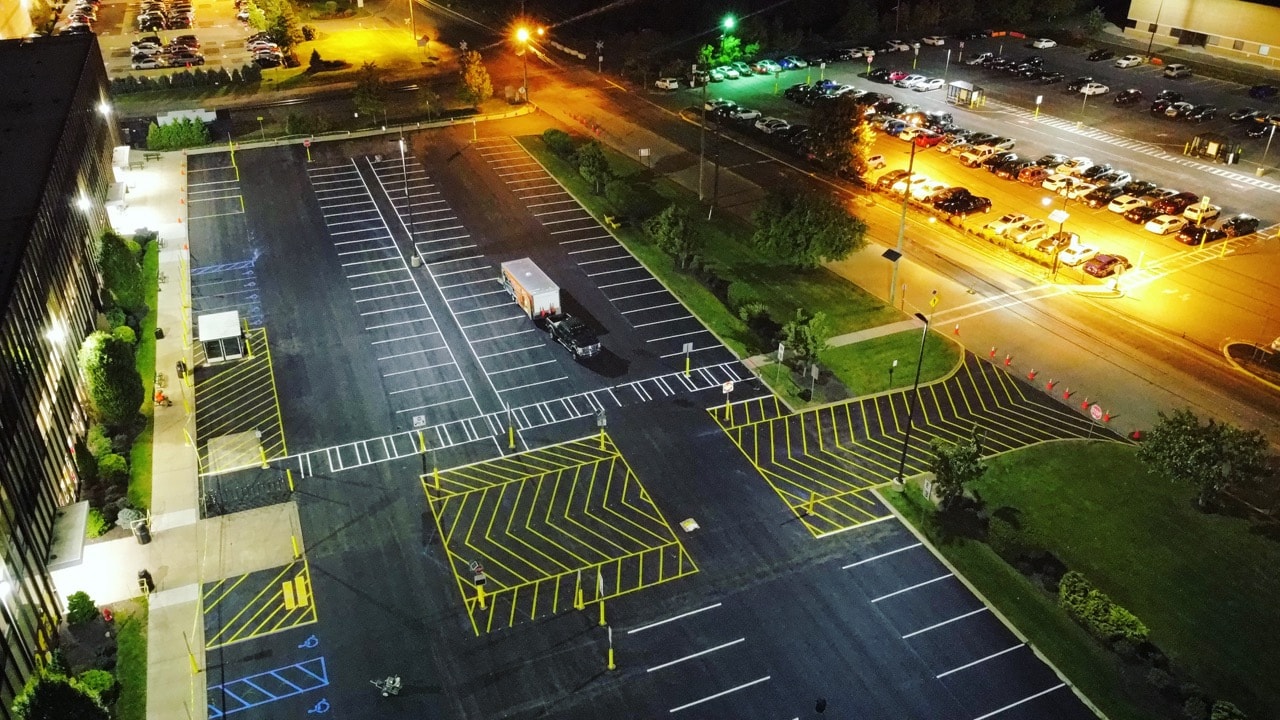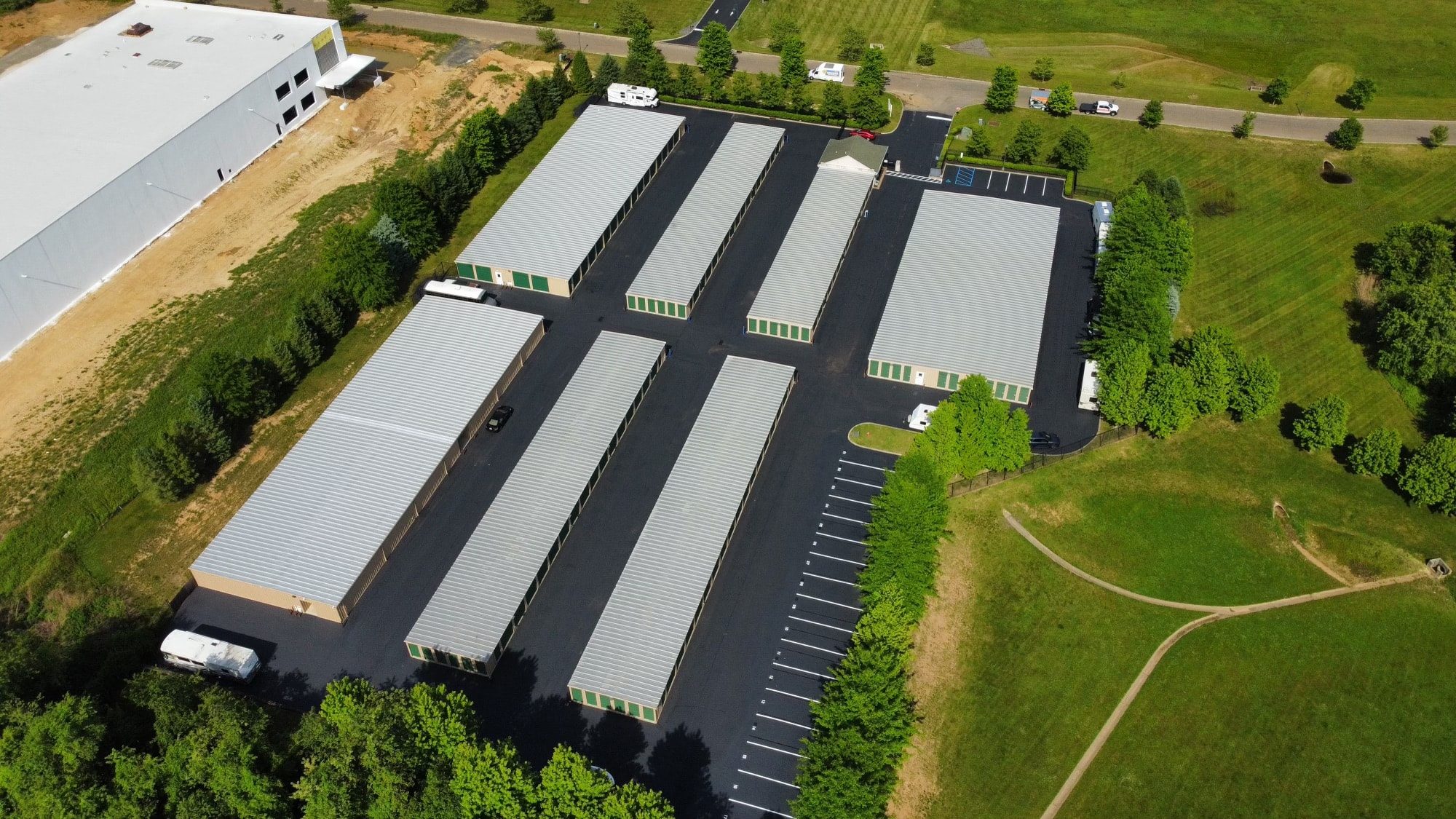In 2021, New York received one of the worst flash floods in the state’s history. Since this happened, property managers in the tri-state area have been eager to learn how to prepare for a flood to reduce its severity.
Knowing adequate flash flood preparation is the key to reducing property damage, eliminating lawsuits, and boosting tenant satisfaction.
To learn more about this and guarantee your commercial property has proper flood-prevention measures, read the simple-to-follow checklist below.

Flood preparation checklist: 5 simple steps
With the Tri-State area recently receiving extreme flooding, commercial property managers and professionals in the area must adequately prepare their buildings and properties.
The lack of proper flood and storm planning can result in catastrophic consequences, which everyone wants to avoid. Following the simple flood preparation checklist below, it can significantly reduce the severity of flood-related damages.
1. Prevent
As people say, “plan for what is difficult while it’s easy.” Having preventions in place can lower the seriousness of flood damage tenfold.
To ensure optimal flood protection, we must first understand where and how this occurs. Although this can change on location, let’s split these up into four broad categories:
- Dams – There are many dams in the Tri-State area. If your commercial property is located near one, it could be subjected to flooding. Dams are created to hold and navigate water to prevent floods. However, they can overtop or break, causing considerable surges of water to escape.
- Cities – If the property is located in a city, it can also flood. Cities do not have many natural absorbers like soil. Instead, they’re filled with concrete, leading to rapid runoffs in some circumstances.
- Low-lying areas – Lastly, low-lying areas like underground garages, underpasses, or tunnels can quickly become flooded without sufficient prevention features.
- Cricks, Streams, & Brooks – These smaller waterways are hardly noticeable & can be challenging to detect most of the time. But they can quickly reach capacity and can start flooding surrounding areas with even the smallest rainstorm. (These are extremely prevalent throughout NJ)
So how can you prepare these locations for flooding?
The most comprehensive way of reducing the severity of these situations is by creating a proactive site assessment plan with regular inspections.
With the inspections, you’ll want to ensure all storm-protecting commercial building features get maintained, like drains, roofs, gutters, the landscape, etc.
Keeping these and various other water diverting features cleared from debris will enable them to effectively transport flooding away from the commercial building.
Properly maintaining, cleaning, and evaluating these features will help minimize the amount of flooding surrounding the commercial property.
However, debris can block these with severe flooding situations like flash floods. Therefore, all commercial property managers must prepare for this.
2. Prepare
In severe weather, flash flooding can occur, causing debris like leaves, sticks, and more to block water diverting features on a commercial building.
For this reason, you always want to consider flash flood preparation. Flash floods are what they sound like… it’s a sudden local flood.
In a situation like this, it can quickly become out of control. Therefore, you’ll want to ensure a solidified contingency plan is created.
Proper Contingency Plan
A contingency plan is a course of action that’s specially designed to organize a response before it even happens. In this instance, it’s a “plan B” if the commercial building’s water deferring features are blocked.
The plan will vary based on the initial risk assessment regarding potential flooding areas. Therefore, it could include how the tenants should act, what response measures they need to consider, what you need to do, etc.
By creating a plan, tenants can also practice this and master how to protect the building adequately. For example, if “XYZ” happens, place sandbags near the rear exit and head to the rooftop.
Something like this will help lower a tenant’s emotional distress, potential lawsuits, and property damage (saving $11 per $1 invested in flood protection). Therefore, knowing how to prepare for a flood can quickly showcase benefits to the commercial property manager, the property, and the tenants themselves.
Proper Emergency Equipment
However, that isn’t all. Have equipment ready if the commercial building is located near a commonly-known flooding area. These pieces of equipment could include:
- Generators for a backup power source
- Water pumps to transport water out or away from the building
- Sandbags can get used as a barrier to divert moving water around the building instead of inside
This is only a small minority of available flooding equipment. However, it will greatly depend on your property type, area, and even your tenant’s needs.
For example, if the tenant requires electricity to run their business and it goes down from flooding, they might need to halt operations. If it’s because there weren’t sufficient flooding measures in place, it could result in a loss of revenue for them, not to mention undue frustration.
Because of this, creating a solid contingency plan to ensure there’s necessary emergency equipment ready to get used in a flooding event will prove its value in an already difficult scenario.
Proper Infrastructure Updating
Upgrading and maintaining the parking lot, drainage system, and building infrastructure is also an integral part of staying prepared for severe storms and flooding. When these types of infrastructure items are poorly maintained, they can lead to serious problems.
Older designed buildings, parking lots, and drainage systems may especially be subject to the most intense damage due to the recently experienced increase of severe rainstorms and flooding in the Tri-State area.
For this reason, we strongly recommend having a thorough inspection of your buildings, parking lots, and drainage systems infrastructure to ensure that the previous storms or their age have not required them to be updated or even re-engineered.
3. Mitigate
Once the contingency plan is created, be on standby. To mitigate the problem, everyone should know their roles in this situation. For instance:
- Do the tenants need to remove their vehicles from the parking lot to minimize damages?
- Are the contractors available to respond to emergencies?
- Do the tenants know how to turn on the secondary power supply?
- If there is an emergency, will emergency services be able to access the building despite flooding and is there an evacuation or safe-gathering place?
Ask yourself these questions and evaluate whether everyone involved is prepared for the situation.
Without question, finding faults that could affect flooding mitigation will undoubtedly be cost-effective and rewarding in future events.
4. Respond
When flooding occurs, a quick response time is necessary under all circumstances. Knowing how to prepare for a flood is one thing but responding and putting these plans into action is another.
Therefore, we needed to add a response section to this flood preparation checklist.
When a flood occurs, all lines of communication with tenants and commercial property managers should be open. By ensuring good communication, you can get an accurate report of the situation and damages. From here, you can determine the next steps.
For instance, do you need to contact the utility company as they’ve been locked off? When can contractors enter the property to assess and fix the damages? Are there any unnatural or significant problems with the building or property?
Knowing this is incredibly important as you can organize the appropriate contractors to solve the problems.
In addition, by communicating with the tenants, you can quickly build an accurate report for the next state of this flood preparation checklist.
5. Recover
Recovery should be a seamless process if you’ve successfully planned a flash flood preparation. This is what makes knowing how to prepare for a flood so valuable.
You should know what needs fixing after preventing, preparing, and responding to the flood. Therefore, it’s a matter of approving the repair work and getting the tenants back into the property as soon as possible.
Where to begin
After reading the above, you should comprehensively understand how to prepare for a flood as a commercial property manager.
The key takeaway from this is, of course, preparation. The more you prepare for this situation, the less likely a catastrophic problem will appear on the commercial property.
Here at Swan Co., we offer services that can help with protecting your commercial building. By offering drainage installation & repair and exterior building maintenance, we can help you prevent or even rejuvenate commercial properties after flooding or heavy storm damage.
For more information about how Swan Co. can help, contact us today.






